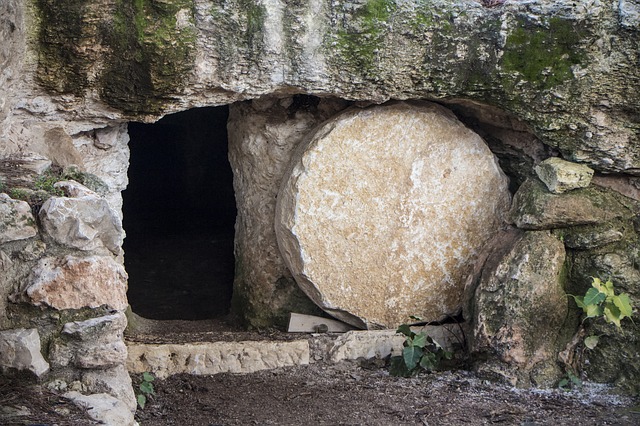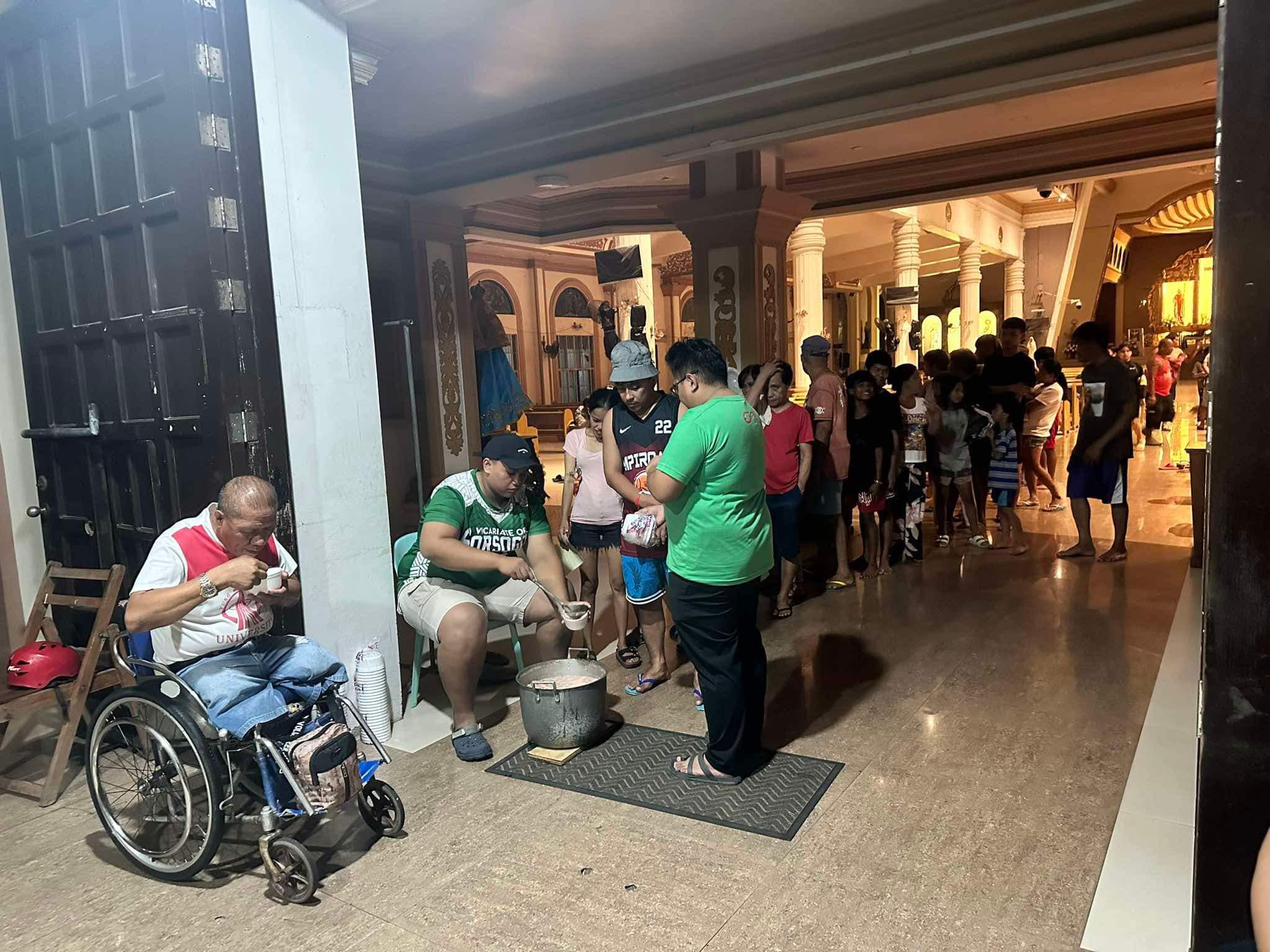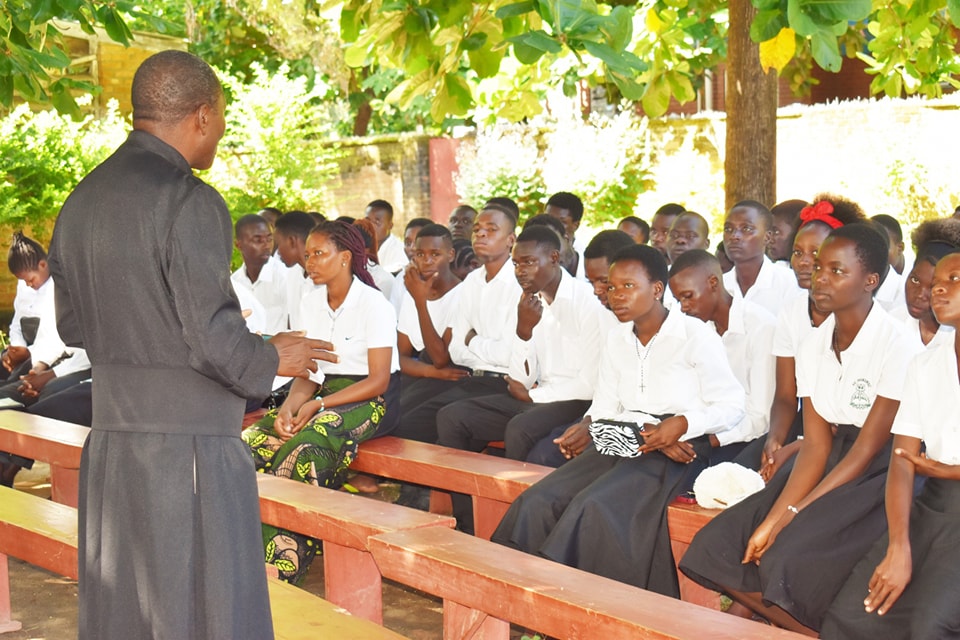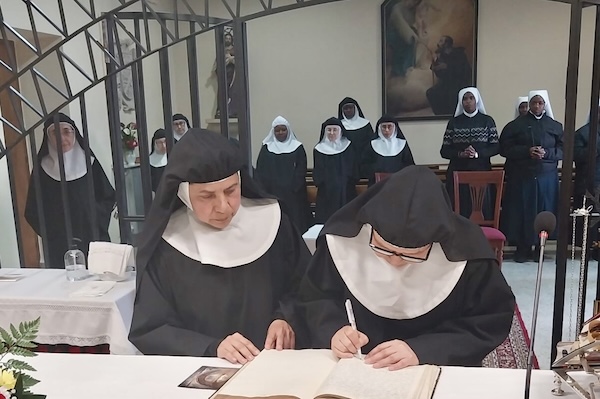Fr Paolo Consonni, MCCJ
The Resurrection is a truth that is beyond the grasp of mere human understanding. It takes submission to grace that allows us to overcome the empty tomb of despair and pain to embrace the serenity and peace of Easter.
It is very striking that none of the Gospel accounts elaborate on “how” Christ’s Resurrection occurred. On the contrary, they simply describe in a sober manner what His disciples saw, heard and experienced that early morning “on the first day of the week, when it was still dark.” That must have been an extremely confusing, unexpected experience, because each Gospel differs about some details. However, all of them agree about the basic facts of what happened that day, and especially the very first thing they noticed: the tomb was empty.
The empty tomb was the first sign that something unusual had taken place. As the Catechism of the Catholic Church explains, “In itself [the empty tomb] it is not a direct proof of Resurrection; the absence of Christ’s body from the tomb could be explained otherwise. Nonetheless, the empty tomb was still an essential sign for all. Its discovery by the disciples was the first step toward recognizing the very fact of the Resurrection. This was the case, first with the holy women, and then with Peter. The disciple ‘whom Jesus loved’ affirmed that when he entered the empty tomb and discovered ‘the linen cloths lying there’, ‘he saw and believed’. This suggests that he realized from the empty tomb’s condition that the absence of Jesus’ body could not have been of human doing and that Jesus had not simply returned to earthly life as had been the case with Lazarus” (640).
But, as the Catechism continues, “even when faced with the reality of the risen Jesus the disciples are still doubtful, so impossible did the thing seem” (644). Faith in Christ’s Resurrection, which germinated that day by contemplating the empty tomb, took some time to fully blossom and become the core belief of the Church, even after His apparitions. The empty tomb was only the beginning of a journey of faith which culminated with the coming of the Holy Spirit at Pentecost.
The empty tomb symbolizes the space between death and life, darkness and light, fear and joy, doubt and trust, and we perhaps need to remain some time in that space in order to mature as believers. Therefore, we do not need to be embarrassed if we still feel confusion and disbelief in our hearts. Easter joy is not an ecstatic celebration of “having everything figured out.” Pain, injustice, grief, violence, doubts are still with us and need time to be dealt with, even if enlightened by Christ’s Resurrection.
A few days ago, I heard the story of Gemma Calabresi, an Italian widow. Decades ago, when only 25 and pregnant with her third child, her husband (a police investigator) was killed by terrorists. At the news of his death, after the initial shock, she made an act of faith: she immediately prayed for the families of the assassins. However, she soon discovered that to bring that initial act of faith to fruition, in order to mature into forgiveness, was not easy at all. She spent years in pain, unable to let go, and with frequent fantasies of revenge. After those years of struggle, one day she had an intuition. On the Cross, Jesus said “Father, forgive them; for they know not what they do” (Lk 23:34). She noticed that Jesus did not directly forgive his executioners, but asked the Father to do so. She realized that Jesus, fully human, must have been in too much pain to process all the violence he was undergoing, and therefore asked the Father to complete this complex process of forgiveness on His behalf. At this thought, she felt liberated. She too was unable to process her pain all at once. But, just as Jesus did, she could continue asking the Father to forgive them on her behalf. By accepting her natural inability to forgive, no matter how hard she tried, she decided to remain in this spiritual journey, no more trusting her own magnanimity, but God’s Mercy. Her willingness to remain in faith in her empty tomb, no more under the power of death, but not yet in the full light of the Resurrection, was the factor that opened her heart to the Grace of being able to fully forgive these men, and to see them as human persons, not as cruel monsters. In this Grace, she finally found healing and peace.
This Easter day, let us remember that we are still coming to terms with the reality of the Resurrection. We know that He is Risen, but we are still in the process of letting His Presence fill our emptiness and to let His Redemption transform our lives. Today, let us joyfully sing our Alleluias into the dark and empty places of death within our hearts while still holding our pain, grief and despair. The Risen One will eventually turn our unbelief into an indomitable faith.
(Photo: TC_Perch at Pixabay)


 Follow
Follow


